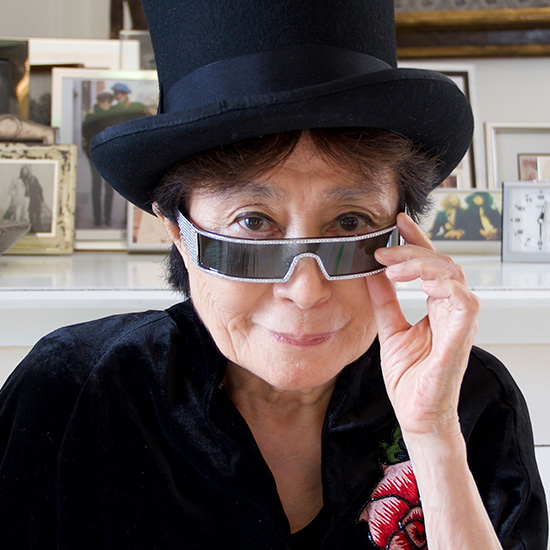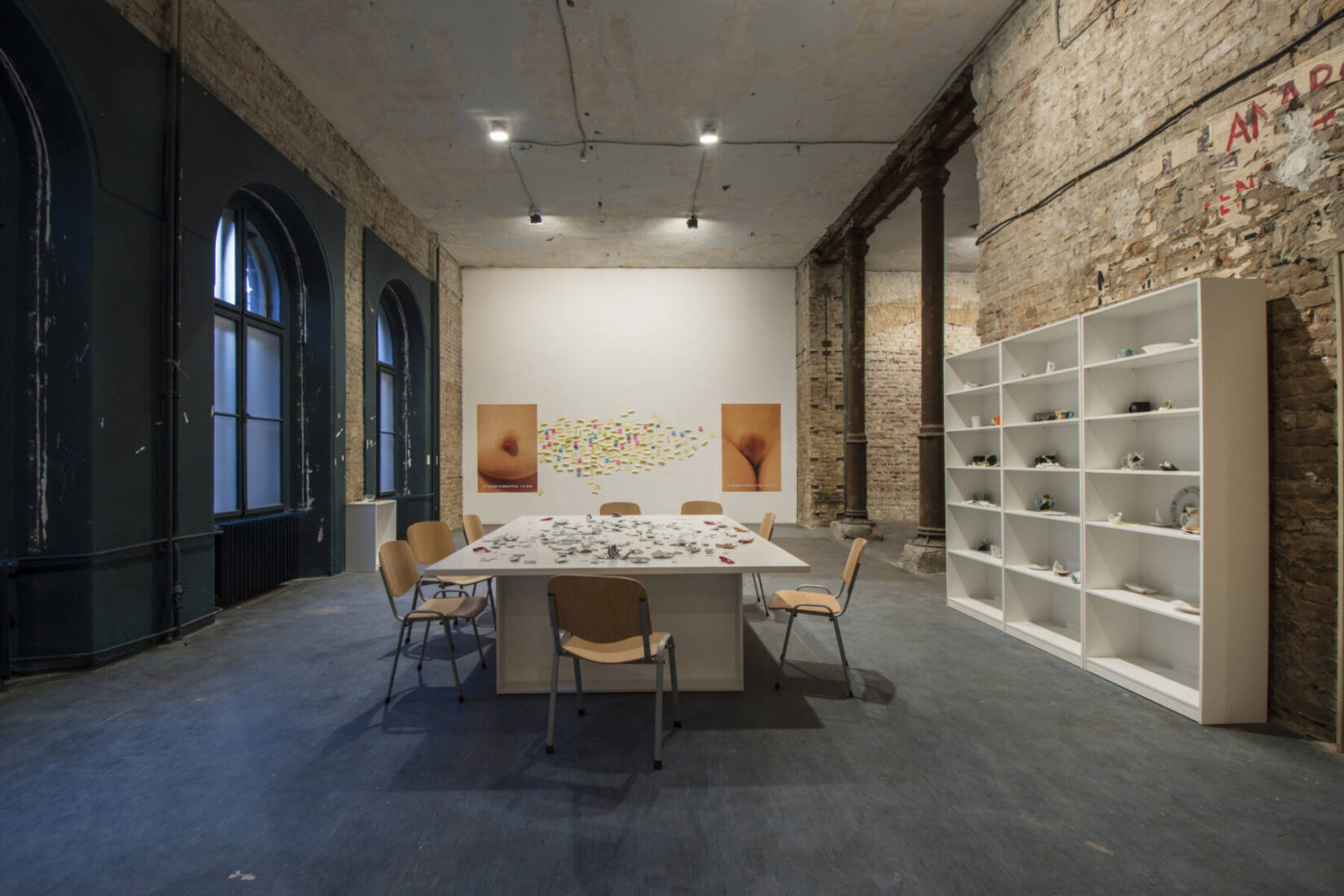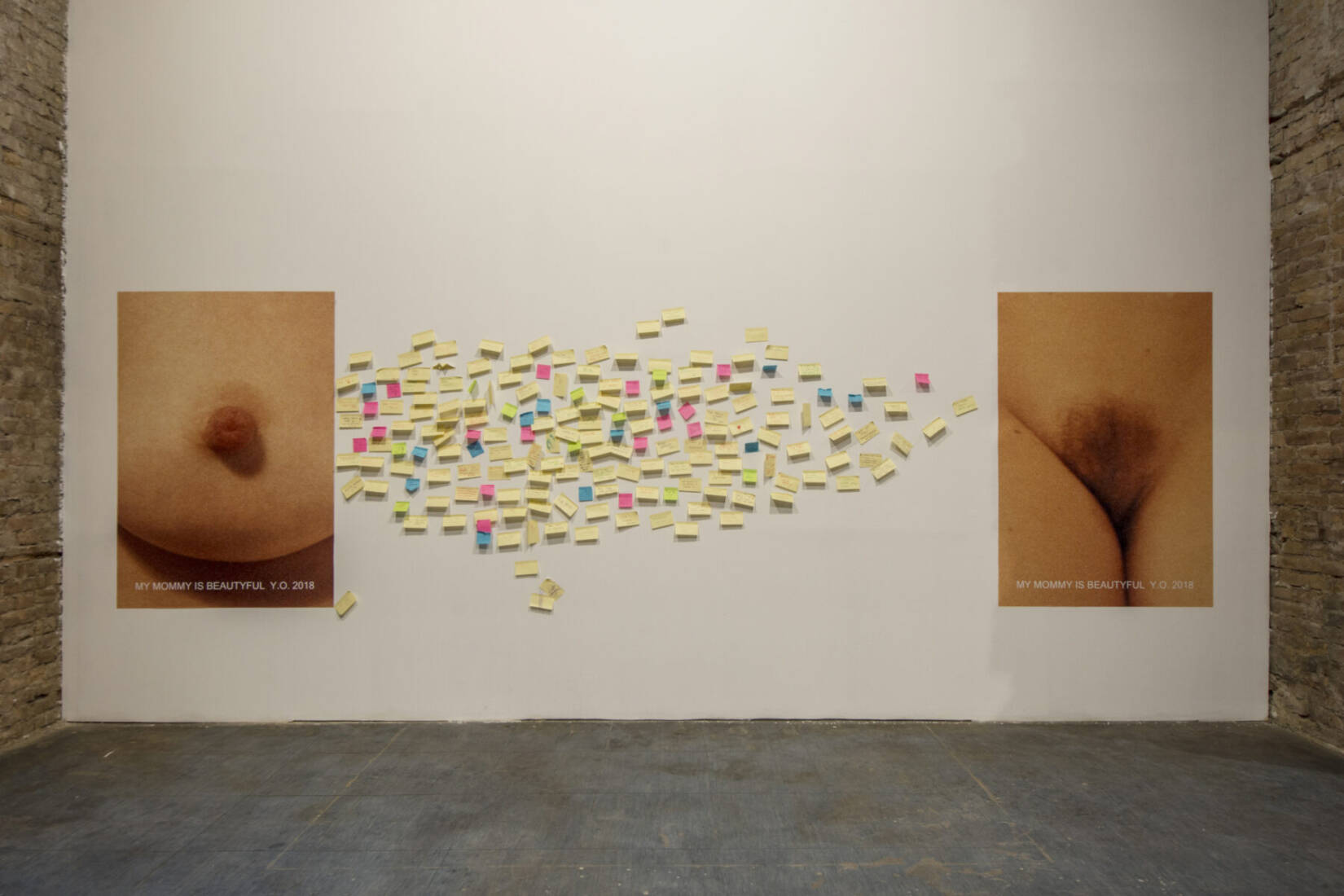Yoko Ono
Born 1933 in Tokyo, Japan
Lives in New York
Yoko Ono is a leading experimental and avant-garde artist. She has been associated with Conceptual art, performance, Fluxus and happenings of the 1960s, one of very few women to have participated in these movements, but above all she has been a pioneer who has questioned the notion of art and the art object and has broken down the traditional boundaries between branches of art. Through her work she has created a new kind of relationship with spectators, inviting them to play an active part in its making. She also brings together two worlds – Oriental and Western culture – which extend and strengthen each other in continuous innovation.
As a pioneering conceptual artist, performance artist, film-maker, poet, musician, writer, peace and feminist activist for over five decades, Yoko Ono has influenced several generations of artists, musicians and cultural workers across the globe. Throughout her career, she has explored an incredible range of media, coining new kinds of artistic genres – most notably with her instruction pieces, which she began making in the 1950s and continues to devise today. By constantly pushing the boundaries of various media, she prevents the categorization of her artistic practice.
Exhibitions and retrospectives of her artwork have been presented in numerous museums and kunsthalles around the world. She has received many prestigious awards throughout her career including the Golden Lion award for Lifetime Achievement at the Venice Biennale (2009), the 8th Hiroshima Art Prize (2011), and the Oscar Kokoschka prize (2012), Austria’s highest award for applied contemporary art.
Yoko Ono is well known for her peace initiative, first with her husband John Lennon, Bed-In for Peace and War Is Over (If You Want It), and more recently with her Imagine Peace tower in Iceland and participatory Wish Trees throughout the world. In 2002 she inaugurated a biennial LennonOno Grant for Peace.

Photo credit: Anne Terada
Photo
Milan Kralj
Arising, 2013/2018
photographs, letters, emails, participation wall, sound track
“Make a statement about any violence you have suffered as a woman. Send an image of your eyes and your story.”
Mend Piece, 1966/2018
broken crockery, strings, tape, tables, chairs, shelves on the wall
“Join fragments of ceramic pottery together, using the provided twine, tape and glue, to transform broken fragments into objects.”
My Mommy Is Beautiful, 1997/2018
posters, metal badges, participation wall, small pencils, Post-it notes
“Celebrate the maternal love, you experienced as children, or perhaps much later in life, write your memories about your mother.”


